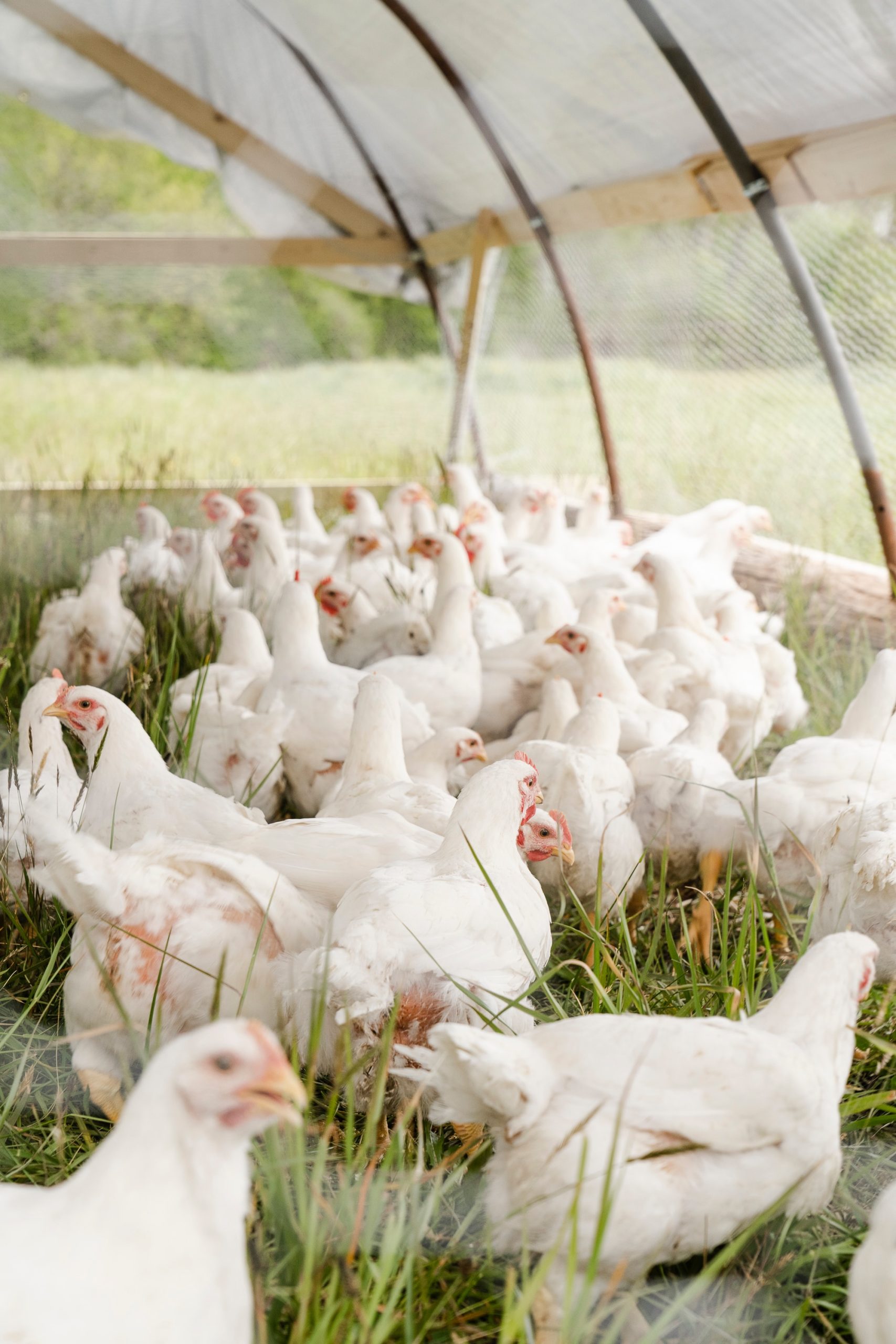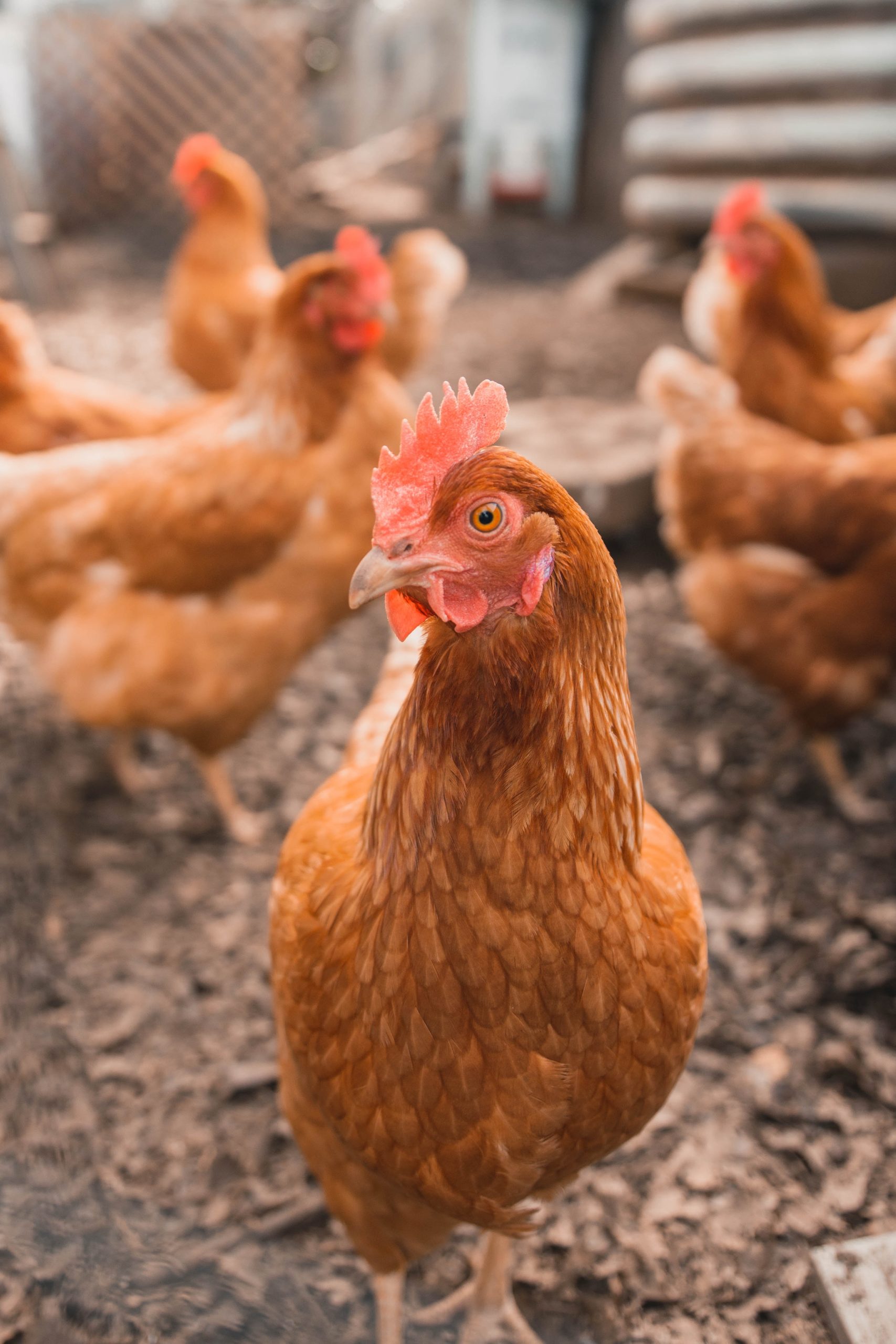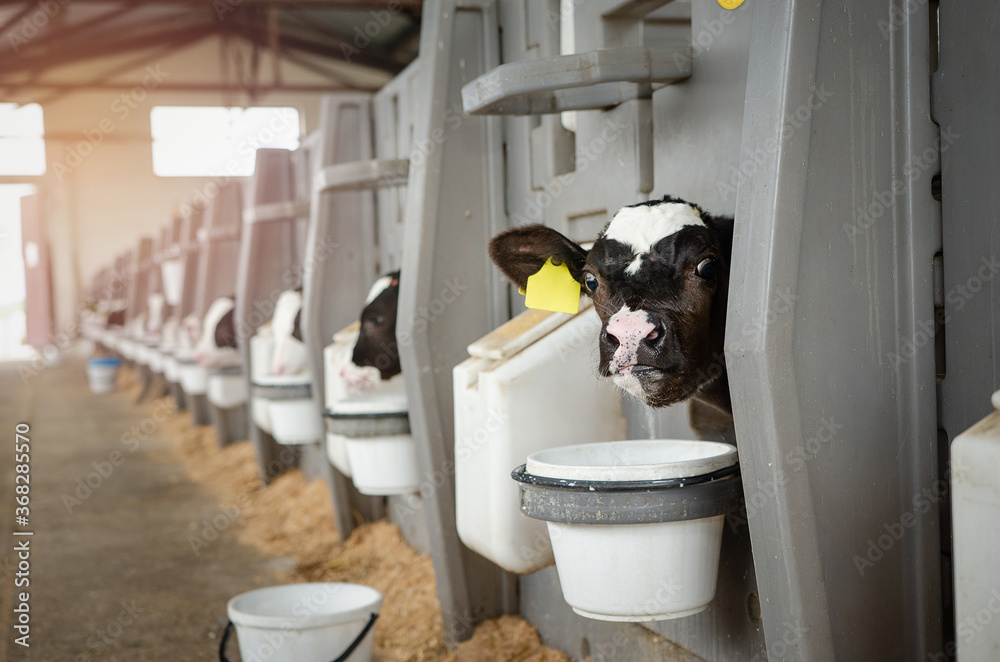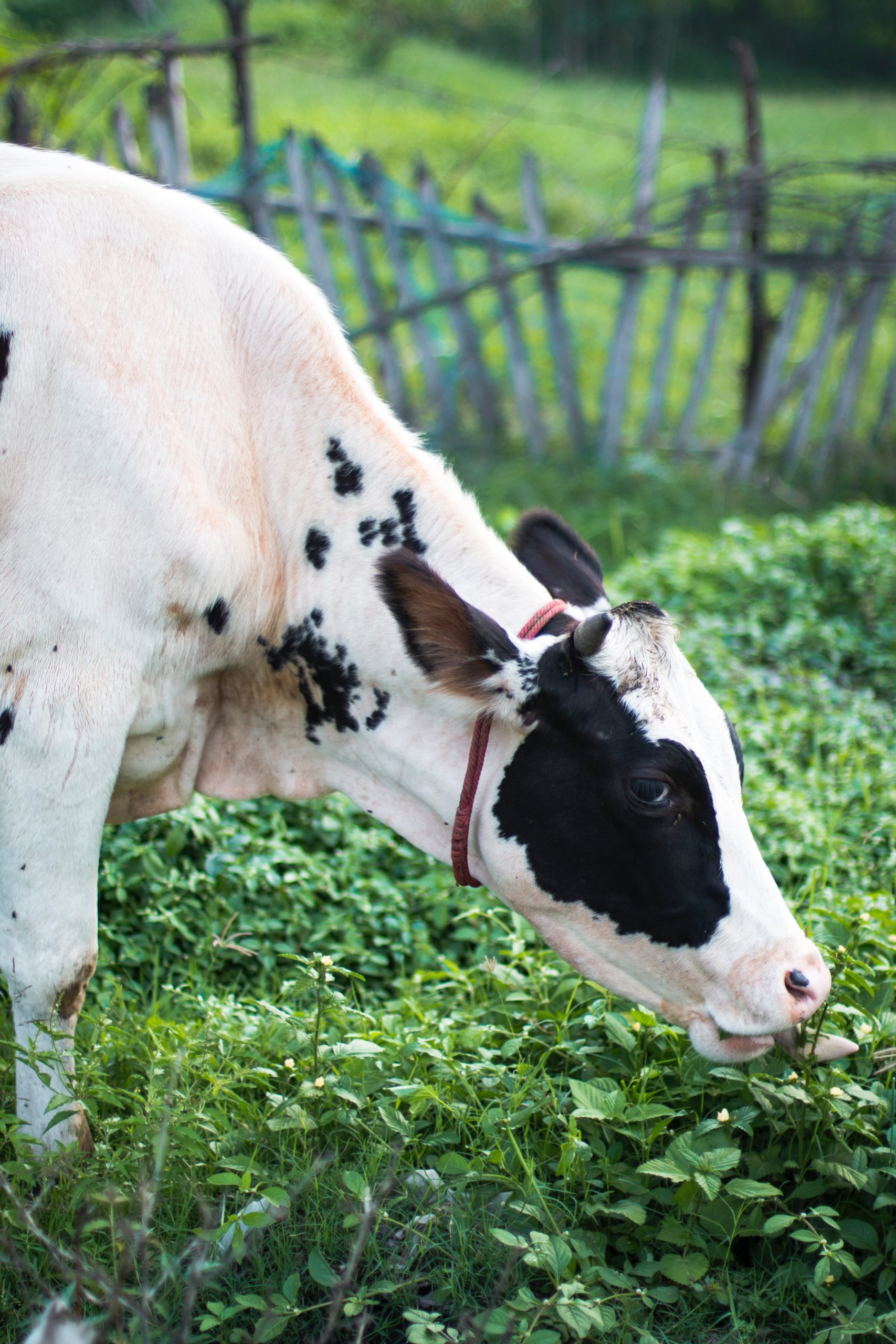Maximizing feed efficiency is pivotal across all livestock sectors, including poultry, ruminants, and swine. In poultry, the focus on balancing cost-effective feed ingredients with nutritional quality is essential for the health and productivity of the flock. For ruminants, feed efficiency hinges on the optimization of rumen digestion. Here, the feed serves a dual purpose: nurturing rumen bacteria for their subsequent use as microbial digestible protein and providing nutrients for direct absorption in the small intestine. This approach is critical for extracting maximum energy from every gram of feed.
Similarly, in swine production, feed costs dominate the financial landscape. Maximising feed digestion and nutrient absorption is crucial. A healthy, functional digestive system in pigs ensures efficient breakdown and uptake of nutrients, fostering better health and growth. This efficiency not only enhances the well-being of the pigs but also yields substantial cost savings and improved ROI for farmers.
Across these diverse livestock groups, the underlying principle remains the same: optimising feed efficiency is a crucial driver for health, productivity, and economic viability in animal agriculture.






